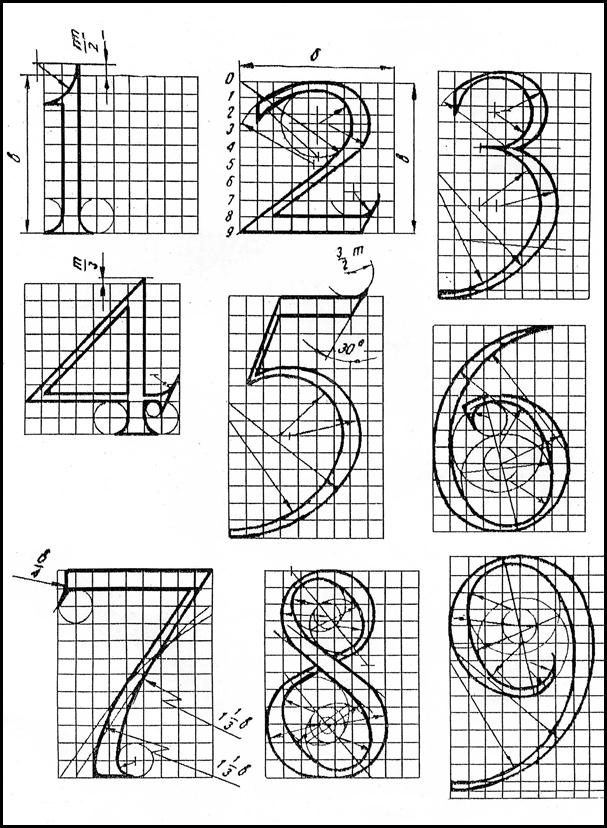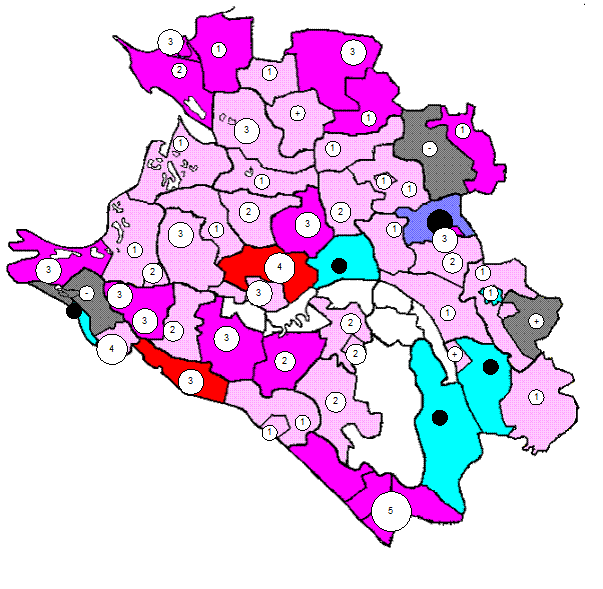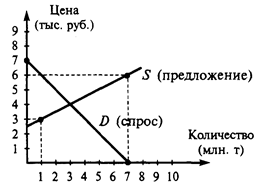I. WARMING UP
1. Answer the following questions: 1. Is there a single legal system in Europe? 2. Can Member States use their own laws? 3. What types of legal acts are used by any country for its foreign and internal affairs? 4. How does the EU impact on Member States? 2. Match the following English words and expressions with their Ukrainian equivalents:
Read the text to find out if you answered the questions correctly. TEXT 1 EUROPEAN UNION LAW The Law of the European Union is the unique legal system which operates alongside the laws of Member States of the European Union (EU). The EU law has direct effect within the legal systems of its Member States, and overrides national law in many areas, especially in terms of economic and social policy. The European Union is not a federal government, nor is it an intergovernmental organization. It constitutes a new legal order in international law for the mutual social and economic benefit of the Member States. It is sometimes classified as supranational law. The European Union law has evolved gradually over the last 56 years. When the Treaty of Paris was signed in 1951, it established the European Coal and Steel Community (ECSC), and comprised just six Member States. Five years later the European Economic Community (EC) was founded by the same six Member States, and then they signed EUROATOM (European Atomic Energy Community Treaty). The original aim of the Community was economic integration: to create a common market, later defined as a Single Internal Market, in which there could be free movement of goods, persons, services and capital. This was to be achieved by the creation of a free trade area, where Member States agreed to remove all customs duties and quotas (restrictions on the amount of goods imported across Member States’ frontiers) between themselves, and a customs union, in which all members agreed to impose on goods coming into the area from non-member states a common level of duty (the Common Customs Tariff). Now there are around 500 million EU citizens in 27 Member States subject to the EU law, making it one of the most encompassing modern legal systems in the world. The sources of the EU law are: 1. the Treaties – primary legislation (the Treaty on the Functioning of the European Union (Lisbon Treaty), the Treaty on the European Union MaastrichtTreaty; 2. secondary legislation enacted by the European Union (such as regulations and directives); 3. general principles, including fundamental human rights, and citizenship of the EU for every national of a Member State; Decisions of the European Court. The EU Treaties are directly applicable in every Member State. Accession to the Community limits the power of national governments and affects national sovereignty – the power to govern. The European Union law has supremacy over, that is, overrides national law. There are five types of legal acts the European Union uses: • Treaties – directly applicable. • Regulations – have general applications and are binding in their entirety on all Member States and have direct effect, meaning they automatically become law in Member States. • Directives – are binding on Member States as to their result but do not bind individuals until they have been transposed into national law (implemented). • Decisions of the European Court – are binding on those to whom they are addressed. • Recommendations and opinions – have no binding force but may be persuasive, that is, have influence.
|




